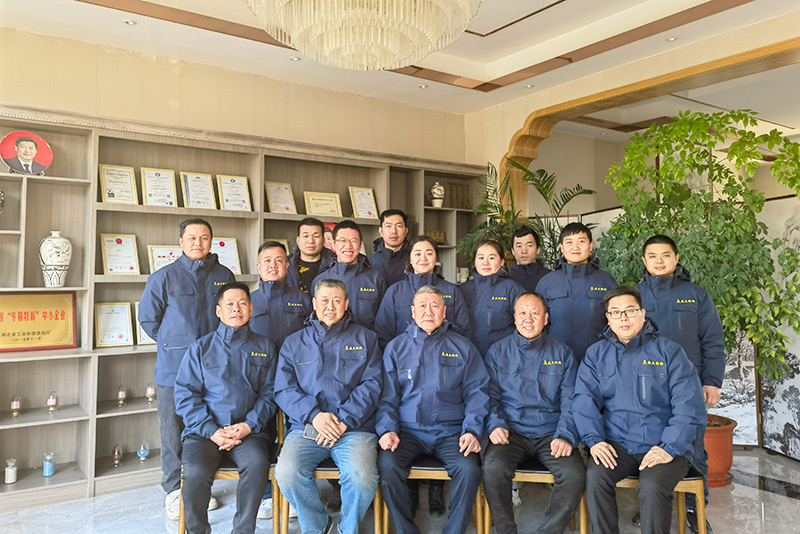Understanding the Parts of Sand Casting
Sand casting, one of the most versatile manufacturing processes, is widely used for producing a variety of metal components. This ancient technique has remained popular due to its simplicity, cost-effectiveness, and the ability to create complex shapes with intricate details. To fully appreciate sand casting, it is essential to understand its main components and how they contribute to the overall process.
1. The Sand Mold
At the heart of sand casting is the sand mold itself. The mold is created using a mixture of sand, clay, and water, which helps bind the particles together. Typically, silica sand is used due to its high melting point and availability. There are different types of sand molds, such as green sand molds and dry sand molds. Green sand molds are made from moist sand, which allows for flexibility and a precise fit, while dry sand molds are baked to introduce strength and are used for stronger, more durable molds.
The sand mold consists of two halves the cope (the top half) and the drag (the bottom half). When these two halves are assembled, they form a cavity into which molten metal will be poured. The design of the mold must consider factors like draft angles and mold core placement in order to facilitate an easy removal of the finished casting.
2. Patterns
A pattern is a replica of the final product, made from materials like wood, metal, or plastic. Patterns are crucial for creating the mold cavity, and they come in different forms, including single-piece patterns, split patterns, and hand-crafted patterns. The choice of pattern type depends on the complexity of the desired shape and the casting method being employed.
Patterns are designed with allowances for shrinkage, finishing, and machining needs, ensuring that the final dimensions of the casting are accurate. The pattern is removed from the sand mold after the mold has been formed and before the molten metal is poured in.
3
. Core ComponentsIn many sand casting processes, cores are used to create internal features or cavities in the final casting. A core is typically made from a mixture of sand and a binding agent, and it is placed within the mold. When the molten metal is poured into the mold, it solidifies around the core, resulting in a part that has complex internal geometries.
parts of sand casting

Cores can be made by various methods, including core blowing, core printing, and manual hand molding. Depending on the design, cores can be reusable or expendable, often influenced by the production volume and specific casting requirements.
4. Pouring Cup and Sprue
The pouring cup and sprue are critical for controlling the flow of molten metal into the mold cavity. The pouring cup is located at the top of the mold and helps direct the metal while minimizing turbulence. The sprue is a vertical channel that connects the pouring cup to the mold cavity, allowing the molten metal to flow smoothly and fill all sections of the mold.
Proper design of the pouring cup and sprue is vital to prevent inclusions, air pockets, or cold shuts in the finished casting. Engineers must consider factors such as the density of the molten metal and the layout of the mold to ensure efficient filling.
5. Finishing Processes
Once the casting has cooled and solidified, it is removed from the mold and often undergoes several finishing processes. These can include sandblasting, machining, and surface treatment to enhance the appearance and performance of the final product.
The finishing stage is crucial for achieving tolerance specifications and surface integrity, which are essential for the part's intended application.
Conclusion
Understanding the parts of sand casting is vital for anyone involved in manufacturing and engineering. Each component, from the sand mold to the pouring cup, plays a significant role in the production of high-quality castings. As industries continue to evolve and demand more complex shapes and improved materials, advancements in sand casting techniques are likely to emerge, maintaining its importance in the world of metal fabrication.
Post time:Ara . 05, 2024 14:36
Next:resin coated sand plant
